Cork bark and other types of branches are popular additions to gecko terrariums as they provide climbing opportunities and natural hiding spots. However, if mold begins to grow on these materials, it can have negative effects on geckos. In this blog, we will explore the ways in which mold can harm geckos and what steps can be taken to prevent mold growth in their terrariums.
Firstly, it is important to understand what mold is and how it grows. Mold is a type of fungus that thrives in moist environments. It reproduces by releasing tiny spores into the air which can then settle and grow on surfaces. If mold begins to grow on cork bark or other types of branches in a gecko's terrarium, it can create a variety of health hazards for the gecko.
One of the main ways in which mold can harm geckos is by causing respiratory problems. Mold spores can become airborne and be breathed in by the gecko, leading to irritation of the respiratory system. This can cause symptoms such as coughing, wheezing, and difficulty breathing. If left untreated, respiratory issues can lead to more serious health problems.

Mold can also have a negative impact on a gecko's immune system. Exposure to mold can weaken the immune system, making the gecko more susceptible to other illnesses and infections. This can be particularly dangerous for geckos that are already suffering from health problems or are otherwise vulnerable. In addition to the health risks, mold can also cause discomfort and stress for geckos. If mold grows on cork bark or other types of branches that geckos like to climb on or hide in, it can make those areas less appealing or even unusable. This can lead to stress and anxiety for the gecko, which can further weaken their immune system and overall health.
So, how can you prevent mold growth in your gecko's terrarium? The key is to keep the environment clean and well ventilated. Regularly clean the terrarium and remove any uneaten food, feces, or other debris that could contribute to moisture buildup. It is also important to monitor the humidity levels in the terrarium and ensure they are within the appropriate range for your gecko's species.If you do notice mold growth on cork bark or other types of branches in your gecko's terrarium, it is important to address it immediately. Remove the affected materials and replace them with clean, dry ones. You may also need to clean the rest of the terrarium to ensure that the mold spores have not spread.
In conclusion, mold growth on cork bark or other types of branches in a gecko's terrarium can have serious negative effects on their health and wellbeing. By keeping the environment clean and dry and addressing mold growth promptly, you can help ensure that your gecko stays healthy and happy.
3 ways to fix this problem
CLEAN UP CREW. Springtails and isopods are tiny organisms commonly used in terrariums to keep the environment clean and healthy for geckos. They help prevent mold growth on cork bark and branches by consuming it. In addition, they aerate soil, break down waste, and provide a food source for geckos. They can be introduced into the terrarium by purchasing from a reputable source and ensuring they are appropriate for the gecko's habitat.
WATER RESISTANT ITEMS. Water-resistant material like Geckopia Reptile Flex Bridge that is made of water-resistant foam that is easy to clean and disinfect, reducing the risk of mold growth. Its flexibility allows for a natural climbing environment while making it easier to clean hard-to-reach areas.
UV LIGHT. UV light can help to reduce mold in reptile terrariums by killing mold spores and other bacteria. When exposed to UV light, mold spores are sterilized and prevented from reproducing, reducing the risk of mold growth. Additionally, UV light can help to control humidity levels by drying out the environment, which further inhibits mold growth. It is important to note that while UV light can be effective in reducing mold, it should not be relied upon as the sole method of prevention. Other measures, such as proper ventilation and cleaning, should also be taken to ensure a healthy and mold-free environment for reptiles.
Firstly, it is important to understand what mold is and how it grows. Mold is a type of fungus that thrives in moist environments. It reproduces by releasing tiny spores into the air which can then settle and grow on surfaces. If mold begins to grow on cork bark or other types of branches in a gecko's terrarium, it can create a variety of health hazards for the gecko.
One of the main ways in which mold can harm geckos is by causing respiratory problems. Mold spores can become airborne and be breathed in by the gecko, leading to irritation of the respiratory system. This can cause symptoms such as coughing, wheezing, and difficulty breathing. If left untreated, respiratory issues can lead to more serious health problems.

Mold can also have a negative impact on a gecko's immune system. Exposure to mold can weaken the immune system, making the gecko more susceptible to other illnesses and infections. This can be particularly dangerous for geckos that are already suffering from health problems or are otherwise vulnerable. In addition to the health risks, mold can also cause discomfort and stress for geckos. If mold grows on cork bark or other types of branches that geckos like to climb on or hide in, it can make those areas less appealing or even unusable. This can lead to stress and anxiety for the gecko, which can further weaken their immune system and overall health.
So, how can you prevent mold growth in your gecko's terrarium? The key is to keep the environment clean and well ventilated. Regularly clean the terrarium and remove any uneaten food, feces, or other debris that could contribute to moisture buildup. It is also important to monitor the humidity levels in the terrarium and ensure they are within the appropriate range for your gecko's species.If you do notice mold growth on cork bark or other types of branches in your gecko's terrarium, it is important to address it immediately. Remove the affected materials and replace them with clean, dry ones. You may also need to clean the rest of the terrarium to ensure that the mold spores have not spread.
In conclusion, mold growth on cork bark or other types of branches in a gecko's terrarium can have serious negative effects on their health and wellbeing. By keeping the environment clean and dry and addressing mold growth promptly, you can help ensure that your gecko stays healthy and happy.
3 ways to fix this problem
CLEAN UP CREW. Springtails and isopods are tiny organisms commonly used in terrariums to keep the environment clean and healthy for geckos. They help prevent mold growth on cork bark and branches by consuming it. In addition, they aerate soil, break down waste, and provide a food source for geckos. They can be introduced into the terrarium by purchasing from a reputable source and ensuring they are appropriate for the gecko's habitat.
WATER RESISTANT ITEMS. Water-resistant material like Geckopia Reptile Flex Bridge that is made of water-resistant foam that is easy to clean and disinfect, reducing the risk of mold growth. Its flexibility allows for a natural climbing environment while making it easier to clean hard-to-reach areas.
UV LIGHT. UV light can help to reduce mold in reptile terrariums by killing mold spores and other bacteria. When exposed to UV light, mold spores are sterilized and prevented from reproducing, reducing the risk of mold growth. Additionally, UV light can help to control humidity levels by drying out the environment, which further inhibits mold growth. It is important to note that while UV light can be effective in reducing mold, it should not be relied upon as the sole method of prevention. Other measures, such as proper ventilation and cleaning, should also be taken to ensure a healthy and mold-free environment for reptiles.













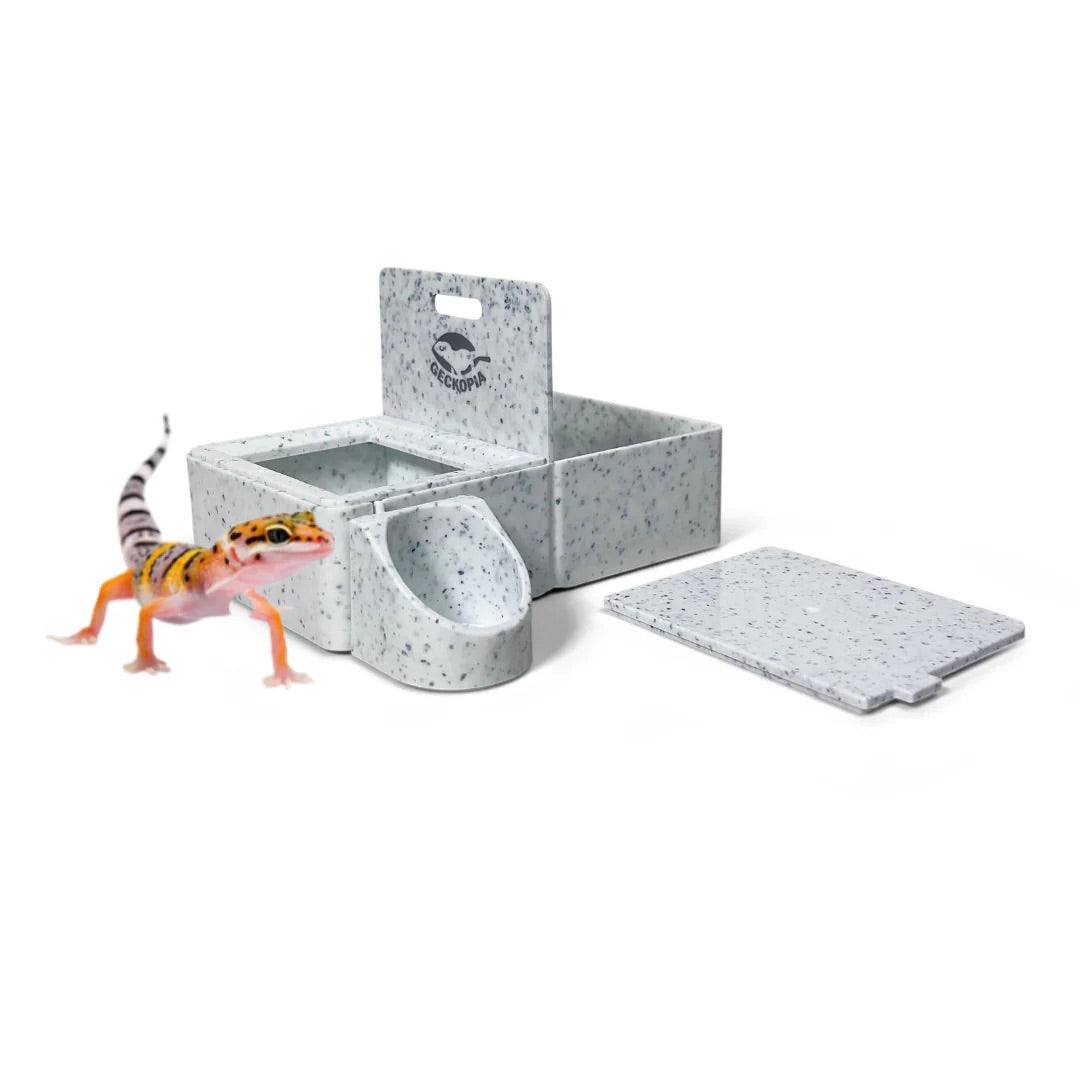














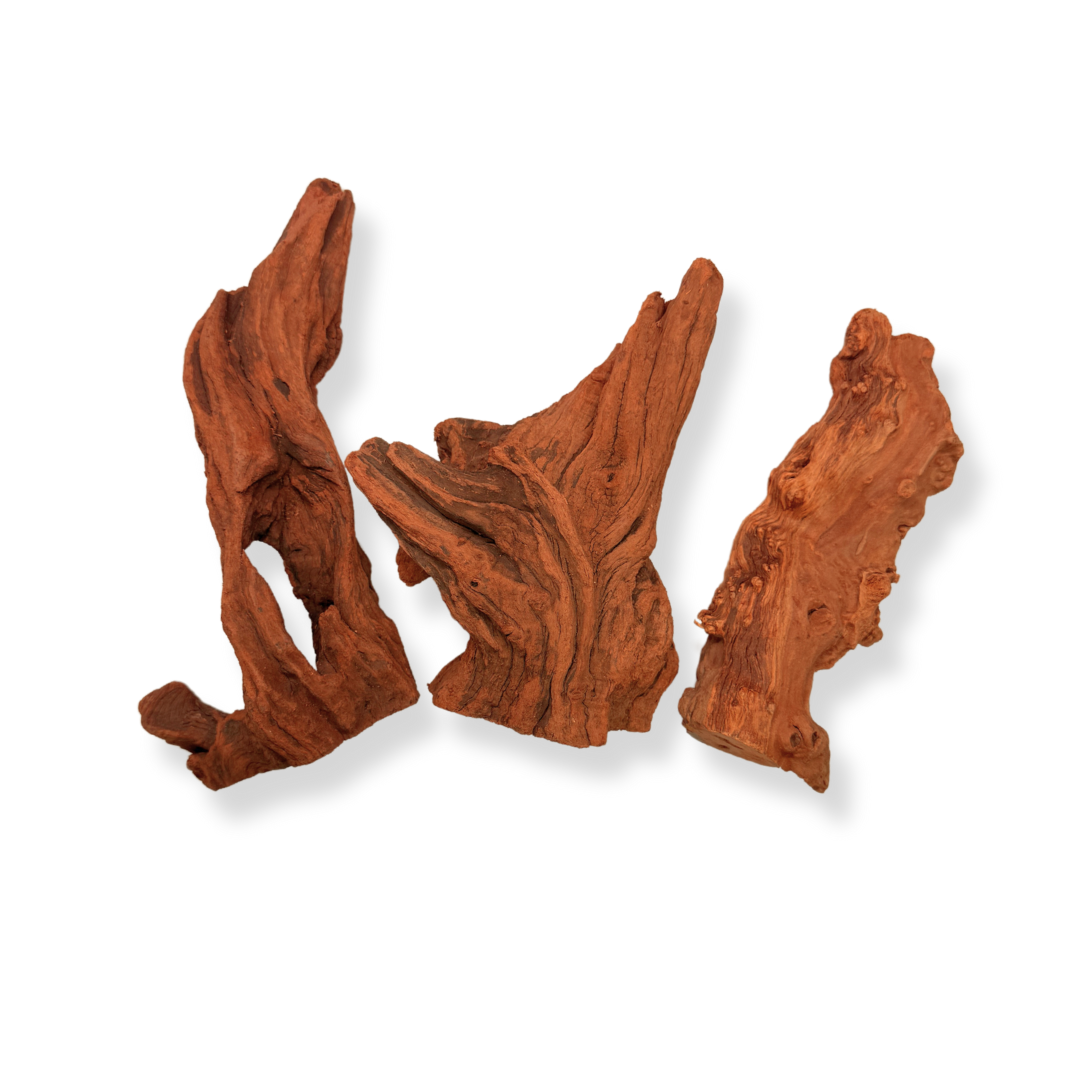

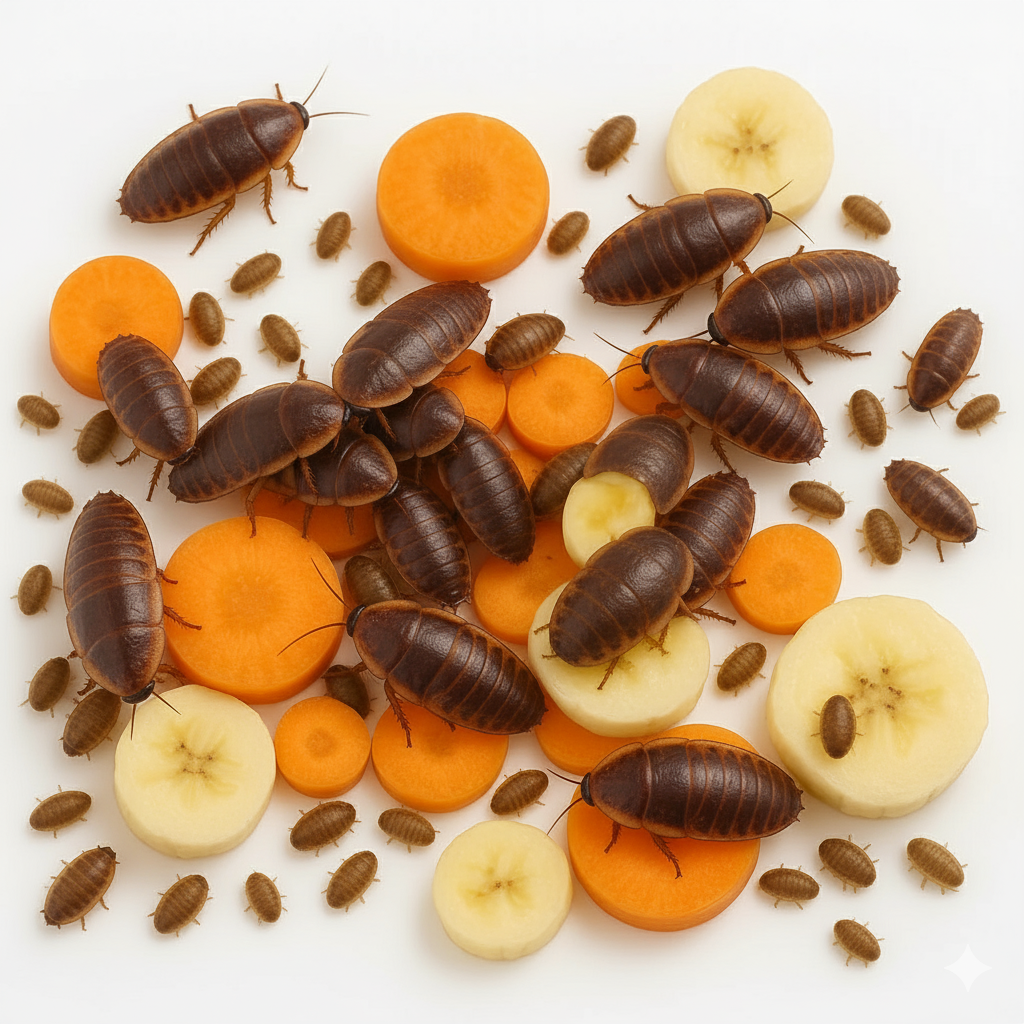







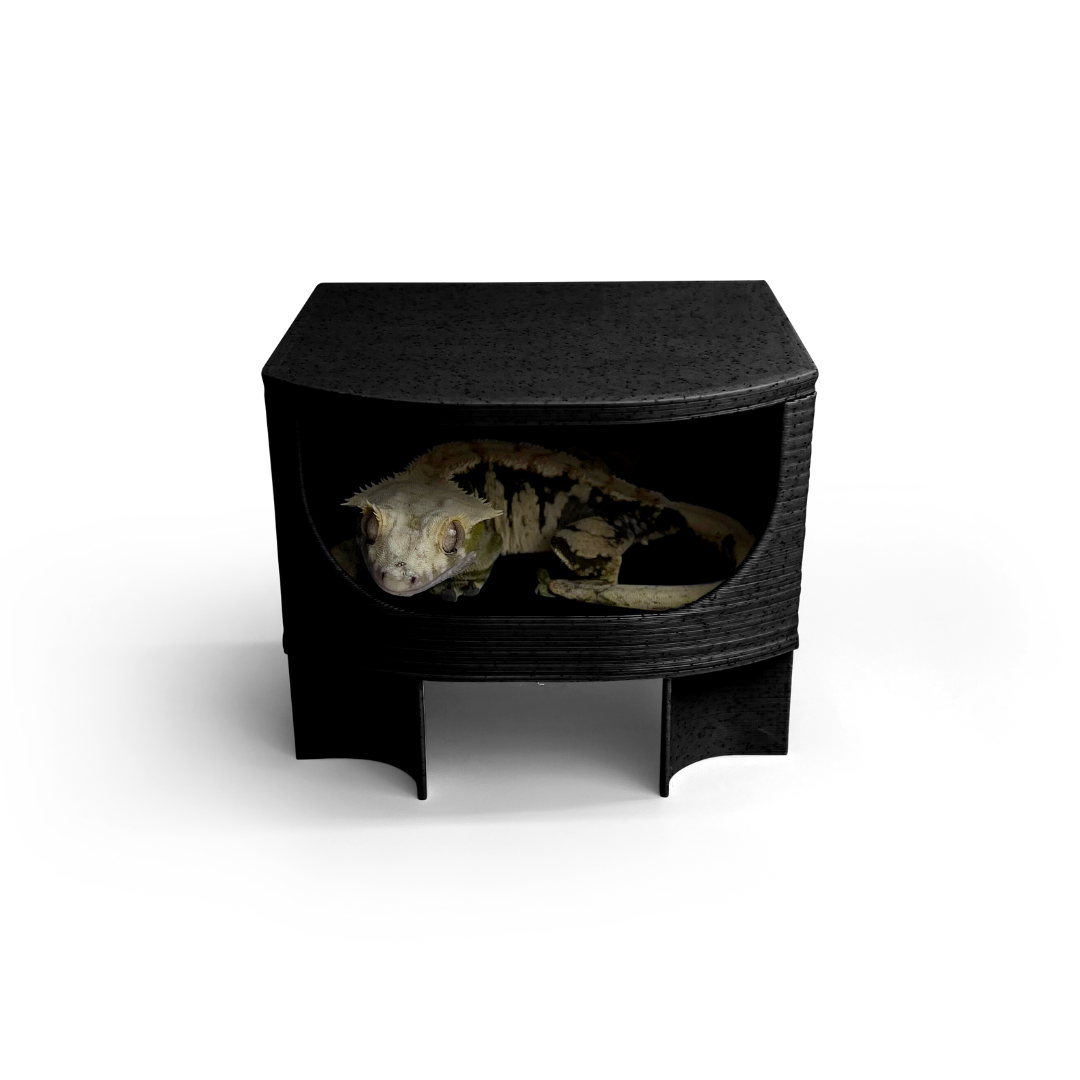


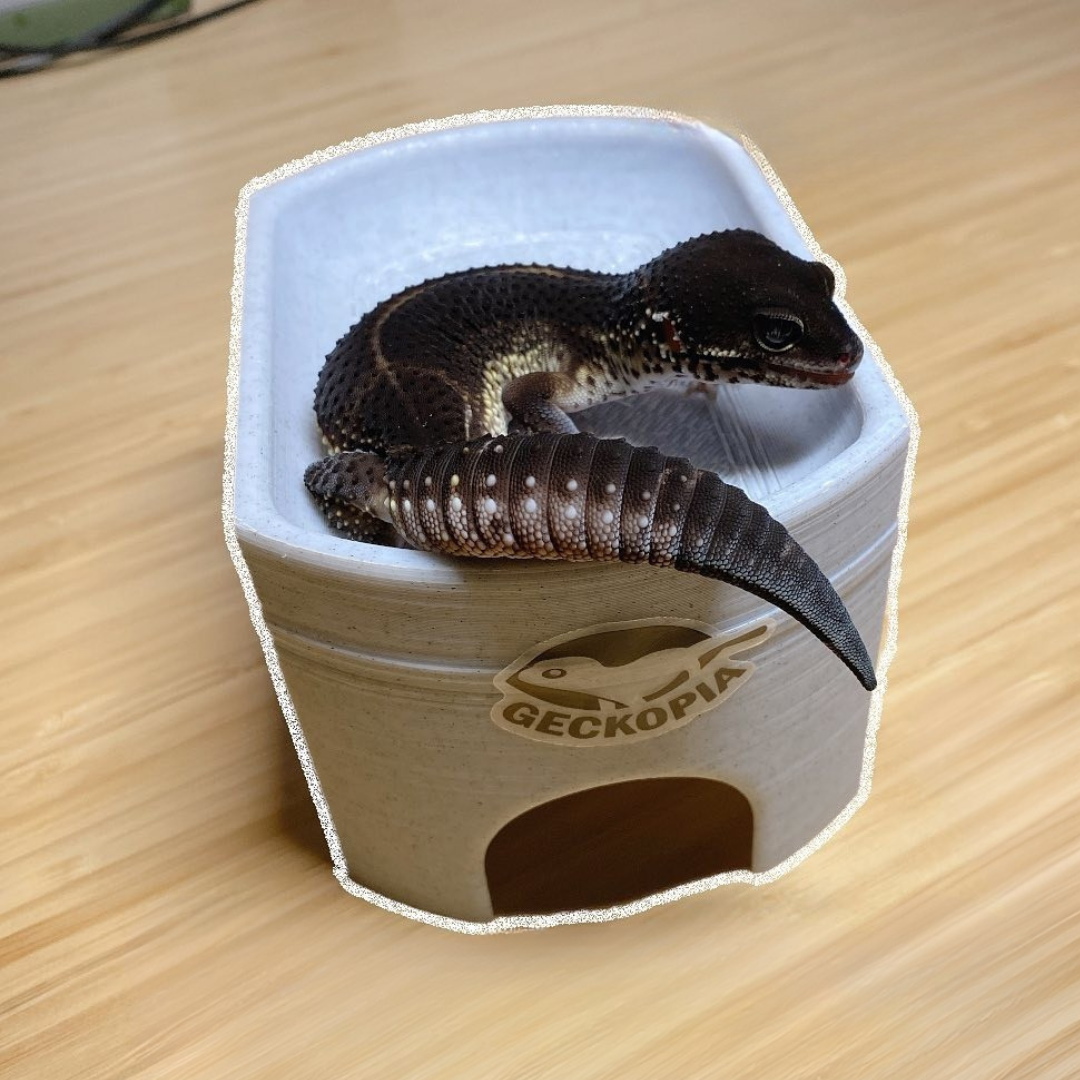



















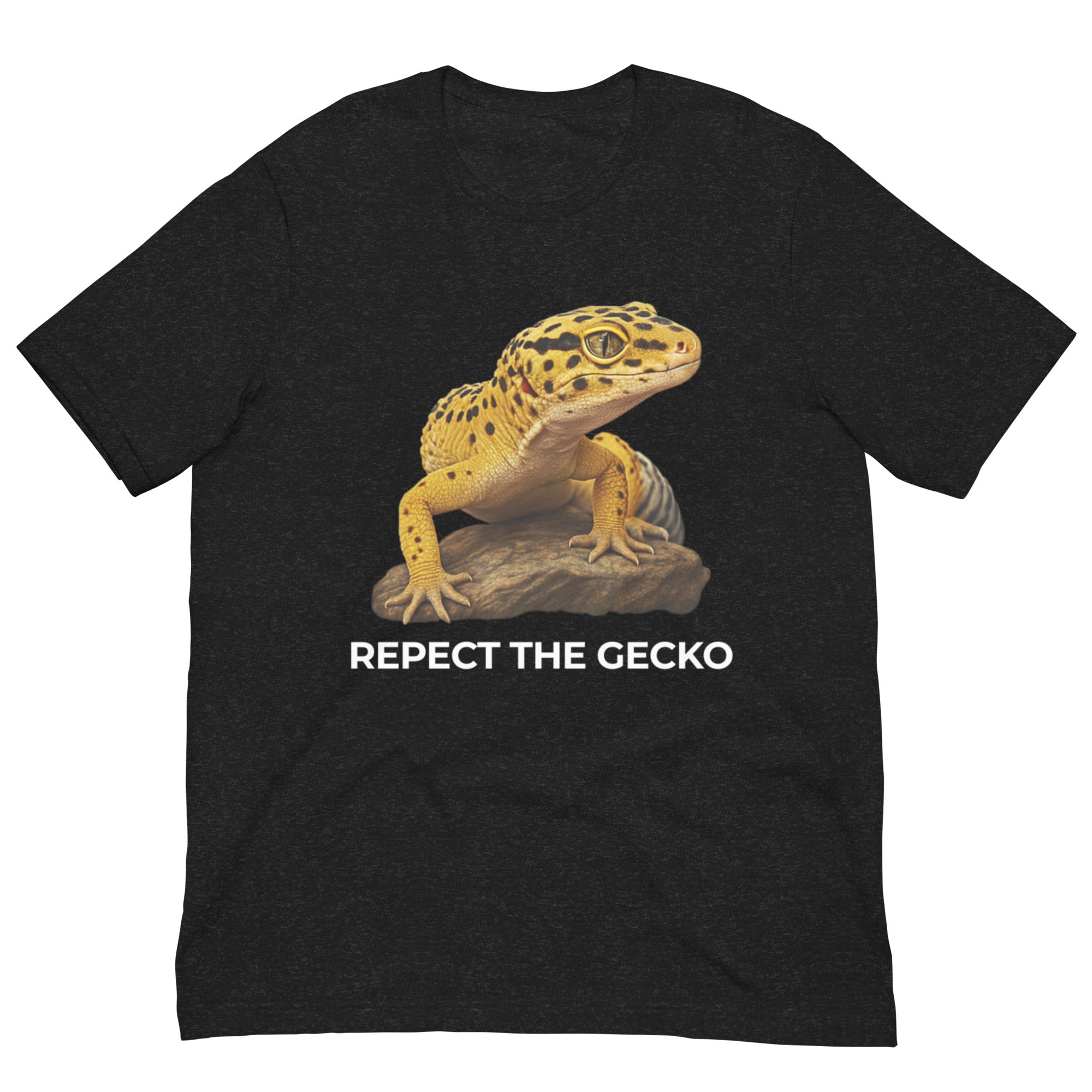

396 comments
vIquJwSLOgYdFRks
tCVRoeiQnAjr
UeMoKzNndBFgrkDW
ihRAxPskLqX
ogDSOmuZ
Leave a comment